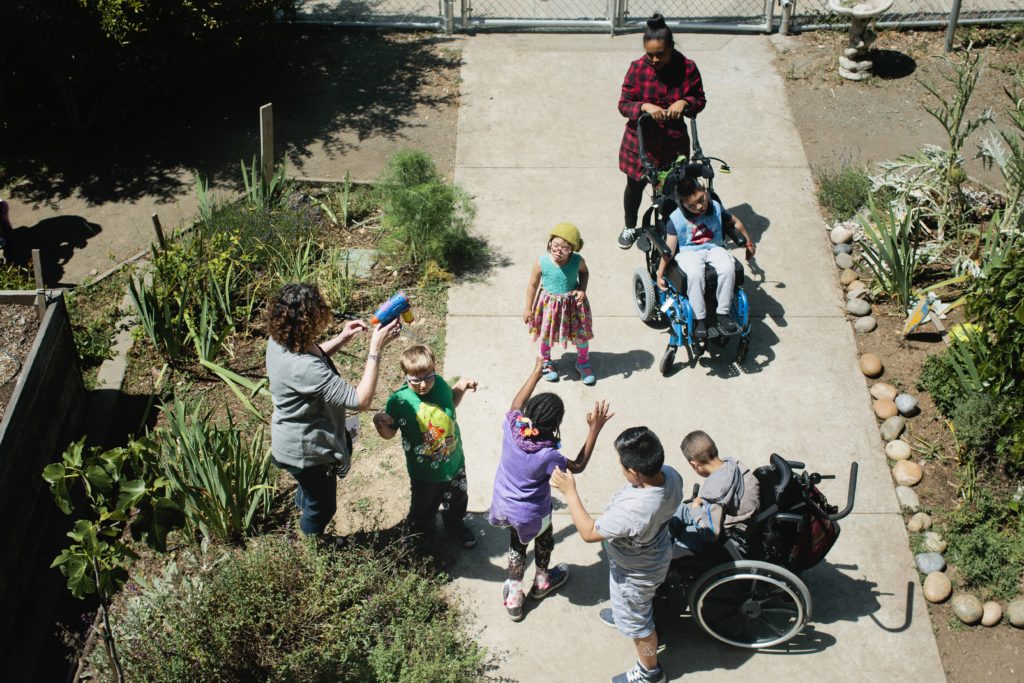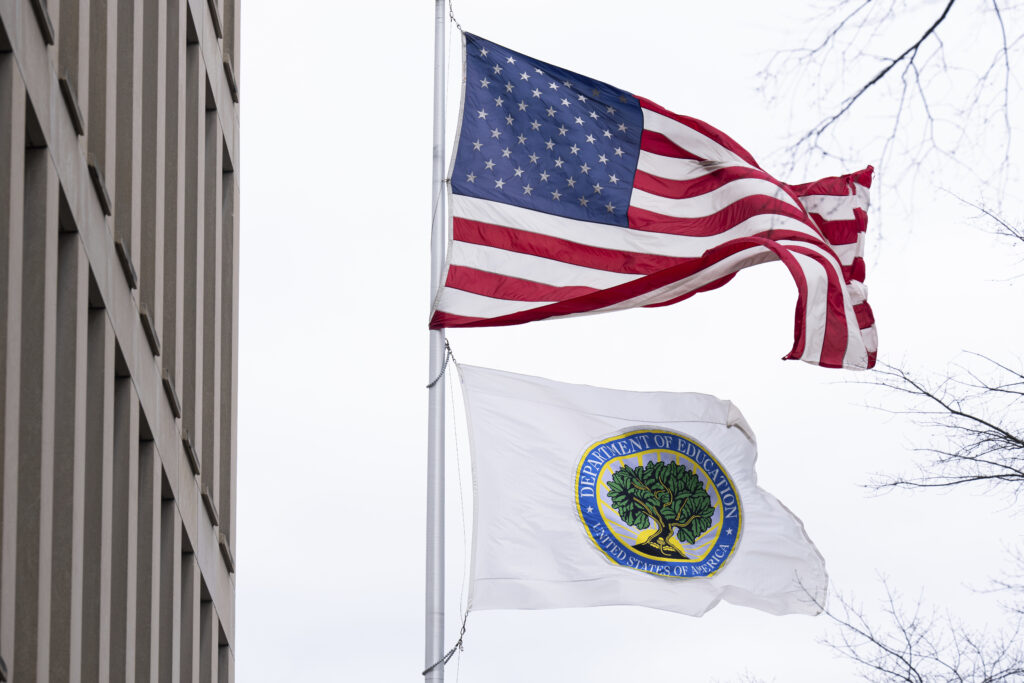
The federal government has not fully funded special education in decades, leaving the bulk of the costs to school districts and the state.
Alison Yin/EdSource
When Erica Mazariegos heard that a shocking number of special education teaching positions remain vacant, she was not surprised. With over 27 years as a special educator, Mazariegos is dedicated and passionate, yet says “the stress of recent years has led me to question my ability to carry on. There will come a point when I must prioritize my health over my career.”
Like Erica, special education teachers throughout U.S. public schools have been vocal about their concerns regarding working conditions after the pandemic, particularly the shortage of resources and staff support. The attrition rates among special education teachers soared following Covid-19, and educators have endured heightened levels of job-related stress, prompting an increasing number of them to exit the profession.
This exodus has left schools grappling with severe teacher shortages. According to the National Center for Educational Statistics, 45% of schools reported unfilled positions in special education roles, with 78% citing difficulties in hiring special education staff for the current school year. The situation in California closely mirrors the national shortages, with the Learning Policy Institute describing the teacher shortage in California as a “five-alarm fire.”
The stress experienced by special educators is not only deeply ingrained in the inherent nature of their roles but also in the perceptions surrounding them. A key contributing factor is the idealization of special education teachers by schools, often portraying them as extraordinary individuals who are characterized as nurturing and self-sacrificing, willing to prioritize their students’ well-being over their own. It’s commonplace to hear general education teachers express sentiments like, “I could never do what you do.” This portrayal creates unrealistic expectations for special educators, adding to the systemic sources of stress, which include unequal resource allocation and a shortage of adequately trained support staff.
Padma Vajhala, an early-career special education teacher with two years of experience, highlights many stressors in her job, such as individualized education program meetings, conducting paperwork checks, navigating uncertainties about parental consent, encountering subtle racism in schools, and adhering to the core mission of special education — differentiated teaching for each student. But, she underscores that these stressors are overshadowed by the primary source of stress: daily management of challenging behavior exhibited by her students in class without enough staff support. She points out that her stress affects students by hindering effective instruction, classroom management and the modeling of social-emotional skills. Stressed teachers are more likely to react unpredictably and employ ineffective behavior management strategies.
While it remains crucial to address such systemic causes of stress as lack of staff support in the classroom, schools must simultaneously implement programs dedicated to teaching self-care strategies and allocate resources to support these educators’ mental health and overall well-being. These initiatives should involve professional development programs that prioritize physical wellness, encompassing exercise, dietary choices, and sleep, to sustain energy levels and enhance emotional resilience.
Additionally, it is imperative to equip special educators with training in social-emotional learning skills. This training should cover the establishment of clear boundaries between their professional and personal lives, mindfulness practices, participation in yoga, and learning relaxation techniques. Acquiring these skills can significantly reduce stress levels among special educators while providing positive role models for students concurrently learning these skills in their classes.
Most importantly, special education teachers can create communities of practice informally with their colleagues based on shared interests, facilitating connections with colleagues, mentors, and therapists to seek guidance and share their experiences. Moreover, these communities of practice can leverage self-reflection practices to recognize and manage stressors effectively.
A notable approach is reflexive visual journaling, a creative process that intertwines written reflection with images, drawings, and other visual elements. This practice has demonstrated considerable effectiveness in early detection of burnout indicators, pinpointing triggers, and aiding individuals in navigating and coping with stress. Zachary McNiece, assistant professor of counselor education at San Jose State University, emphasizes the importance of visual journaling, stating, “In today’s post-Covid world, while teachers act as front-line mental health advocates, they can experience the after-effects of trauma their students have faced over the last few years; visual journaling creates a means for teachers to slow down, allow space for their feelings and reactions, and let go of the emotional residue of secondary trauma exposure, so they can improve their wellness and support their students.” These self-reflective practices can also be embedded into teacher preparation programs to support new special education teachers.
Preventing burnout in special education cannot be solely an individual responsibility; it requires collaboration from schools, districts and policymakers. Special educators are pivotal in fostering an inclusive and equitable education system.
It is essential that schools prioritize special educators’ well-being by supporting and implementing targeted self-care strategies to sustain their passion and dedication. This approach not only safeguards the mental and emotional health of educators but also enriches the educational experience for students with disabilities, ultimately contributing to the development of a stronger and more compassionate society.
●●●
Sudha Krishnan is an assistant professor at San Jose State University’s special education department, Lurie College of Education, and a Public Voice Fellow with the OpEd Project.
The opinions in this commentary are those of the author. If you would like to submit a commentary, please review our guidelines and contact us.


